A no-frills go-kart for a fun drive without the fuss? Or a luxury limousine packed with advanced driver assistance systems to ensure effortless handling even at high speeds? Just like in automotive engineering, there is a wide range of options to choose from when it comes to TIG welding machines and their special support functions, too.
This broad spectrum ranges from the universal multiprocess power source with basic TIG properties right through to the special high-tech TIG model with high-precision settings. The potential range of functions of a TIG welding system is also dependent on the use of various parent materials.
…
…

AccuPocket 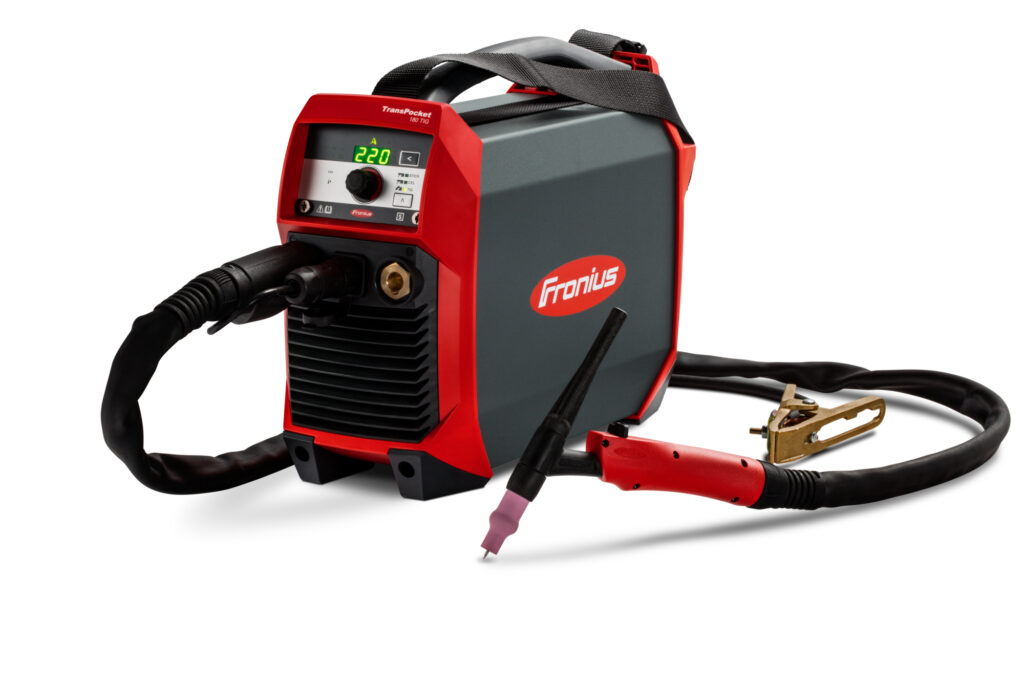
TransPocket 180 TIG 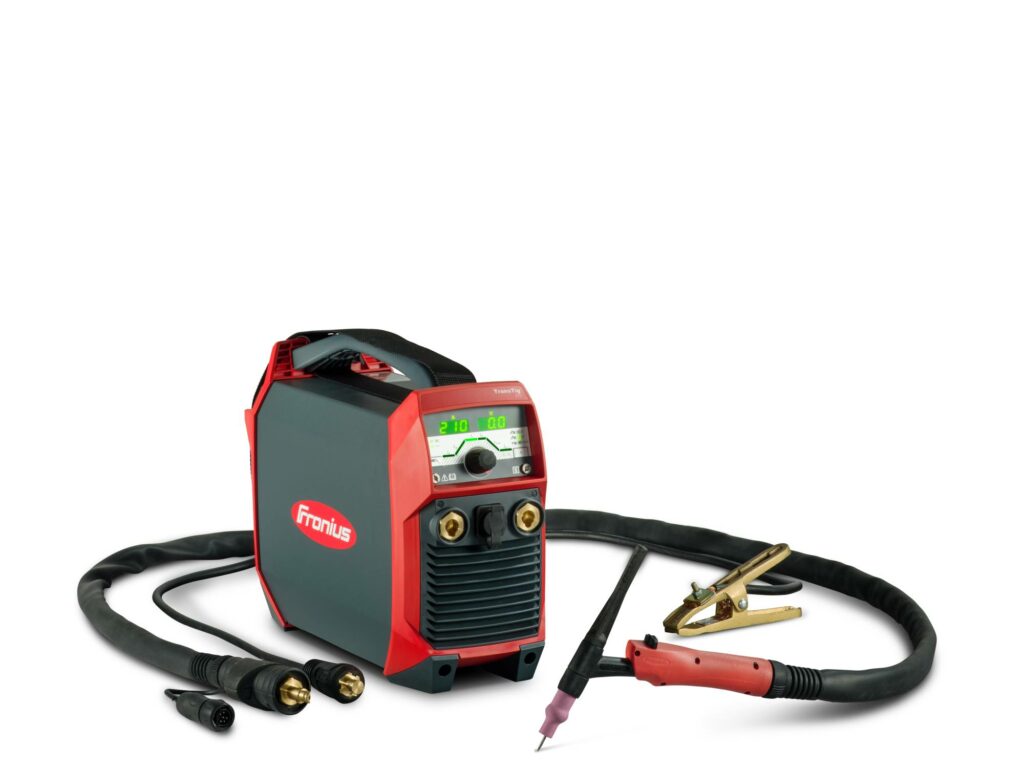
TransTig 210 
MagicWave 230i
TIG welding machines with alternating current functions
One thing is quickly becoming clear in the field of professional TIG devices: every power source features high frequency ignition as standard. Welding also typically uses direct current (DC), which means that the electrons flow from the negatively charged electrode (minus) to the positively charged workpiece (plus). As a result, TIG DC (direct current) welding makes it possible to join most common materials – from steel to chrome-nickel.
However, what about when it comes to aluminum welding? The ultralight material requires a totally different approach – and alternating current (AC) provides the solution. Temperatures of more than 2000 °C are required to break up oxide layers on the surface of aluminum but there is an electrotechnical trick that can be used as an alternative: during TIG AC (alternating current) welding, the workpiece and electrode continuously change polarity.
When the electrode is negatively charged, the electrons (charge carriers) will flow to the workpiece (penetration phase). When it is positively charged, the charge carriers will flow from the workpiece to the electrode (cleaning phase). This constant alternation between positive and negative polarities – in other words, the continuous reversal of the flow of electrons (which appears on a graph as a sinusoidal wave) – also makes it possible to break up the oxide layers.
TIG welding systems and reversed polarity ignition
But can the AC function enable even more positive weld properties for TIG welding machines with inverters? Absolutely. Since the positive pole is typically the hotter pole, this results in a significant advantage during DC welding in the form of reversed polarity ignition. This is where the electrode receives a positive polarity for arc ignition in a matter of milliseconds.
The resulting higher temperature of the tungsten electrode therefore ensures completely stable and reliable arc ignition. After ignition, the polarity changes momentarily – meaning the rest of the welding process can now take place with a negatively charged electrode in DC mode. This prevents overheating of the valuable tungsten and avoids damage to the electrode.
Thanks to reversed polarity ignition, it is possible to avoid welding errors due to inadequate ignition properties for mechanized and robot-assisted TIG applications in particular – for which there is no continuous visual check of the weld metal.
TIG pulse welding
While the polarity (positive/negative) during AC welding varies in the shape of a sine wave, the amperage during TIG pulse welding changes continuously. The low base current is constantly alternating with a higher pulse current, which can reduce heat input during the low current phase.
This heat reduction opens even more doors for TIG pulsing; this process variant is ideal for mechanized pipe welding because the cool weld pool enables welding in any position.
On top of this, TIG pulsing enables a flawless weld seam appearance because welding wire is always added during the high current phase – when penetration is generated. The predefined rhythm of the set pulse frequency practically specifies the exact timing for the ideal seam rippling. At any rate, the welder will work up a sweat from a set pulse frequency of at least 3 Hz, as this speed makes it virtually impossible to add the wire in a rhythmic pattern.
Tacking using the tacking function – based on TIG pulse welding
Reliably tacking together metal sheets presents a challenge during TIG welding for butt welds and fillet welds in particular – but also for lap joints and applications that involve an air gap. Solid tack welding also demands a particularly high level of dexterity on light-gage metal sheets above all. If the exact timing, the position of the welding torch, and the welding parameters set on the TIG welding system are not all perfectly in sync, burn-through of the metal sheet often becomes unavoidable. This is because the liquefied metal from the two sheet edges move away from one another.
This is where DC tacking can provide the answer, with pulse parameters preset at the factory that are precisely matched to the set amperage. When welding begins, this causes the weld pool to oscillate. The surface tension of the metal is broken so that the metal edges merge together perfectly.
Note: There is no need to use the tacking function exclusively for tacking. In principle, the function can be activated before the start of every welding operation. The only thing that needs to be defined is the tacking duration – before the pulsed arc automatically transitions into a conventional DC arc.
Spot and stitch welding – combined with tacking
Having a spot function in TIG welding systems can be extremely useful. This mode provides the ideal support for larger workpieces in particular, which need several tacking points. It is primarily the duration of the spot welding action that is defined – three seconds, for instance. Just pressing the torch trigger once is therefore sufficient for the arc to ignite on its own, burn, and extinguish automatically once the defined time has elapsed.
The stitch welding function behaves in a similar manner; the arc ignites, burns for the defined period – regardless of whether it is a tacked seam or individual tacking point – and then extinguishes. However, in contrast to spot mode, there is then a predefined pause time – of two seconds, for example – during which the welding torch can be moved to the next tacking position. Without the need to press the torch trigger again, the arc once more ignites – and the process starts from the beginning. To stop stitch welding, the torch trigger must be pressed a second time.
In both spot and stitch welding mode, it is always advisable to enable the tacking function first. Tack welding ensures a secure connection, particularly if spot and stitch welding times are kept very short. In other words, the tacking function can keep tacking and spot welding to a minimum. The targeted heat input also reduces distortion.
High-tech-assisted TIG welding systems also available from Fronius
Have these versatile and fascinating process characteristics ignited your interest? Here at Fronius, we too have integrated the different options for alternating current, pulsing, tack welding, and co. into our TIG welding machines. This has helped us to raise our standards to the highest level over the past few decades.
Our TIG device portfolio features some amazing products in this regard: from handy compact devices to multiprocess models, right through to digital high-tech power sources – we have all the necessary tools to inspire TIG professionals with our TransTig and MagicWave series!
 Perfect Welding Blog
Perfect Welding Blog
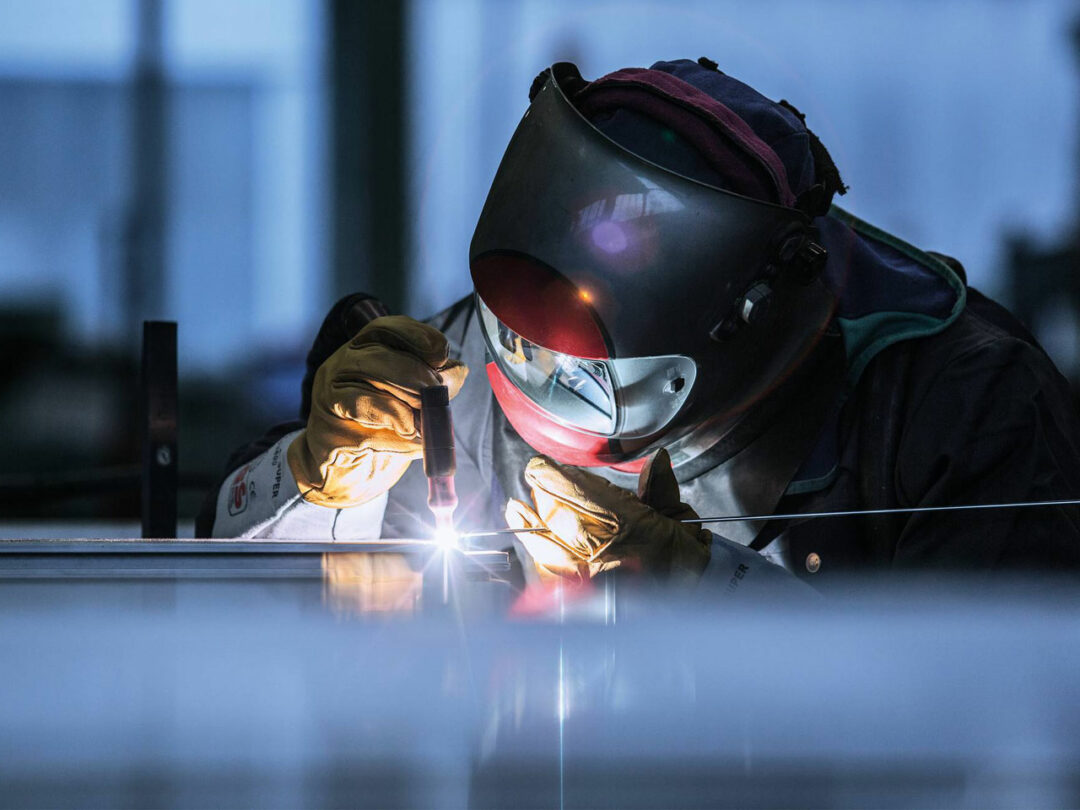

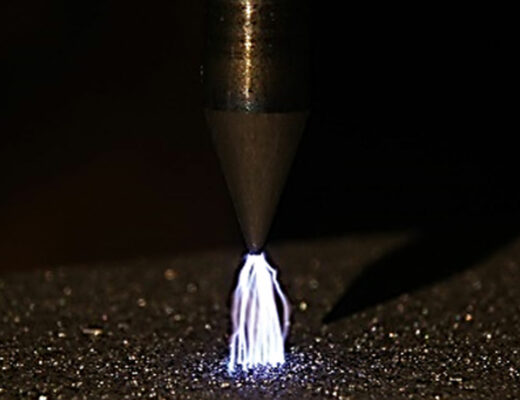
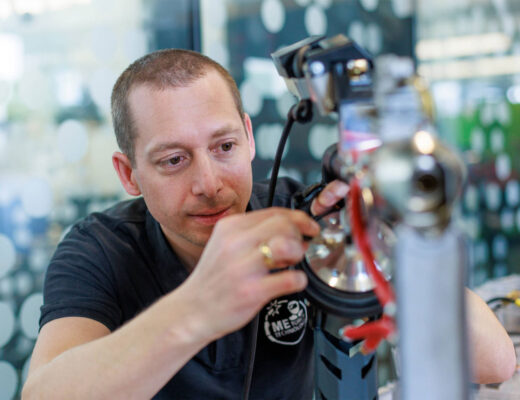


4 Comments
davide
19. July 2021 at 17:29Great videos!
redakteur
20. July 2021 at 7:17Thank you very much!
fabrication service
8. November 2021 at 11:06Thank you for your post. It is great to see that the metal fabricators do their best to provide quality services and products. I have seen many posts where people were not happy with the results of their metal fabrication projects, so it is refreshing to hear about someone who has had a positive experience. I would love to talk more about what we can do together!
redakteur
8. November 2021 at 13:23Thank you very much for your feedback! Would love to hear from you: socialmedia.welding[at]fronius.com